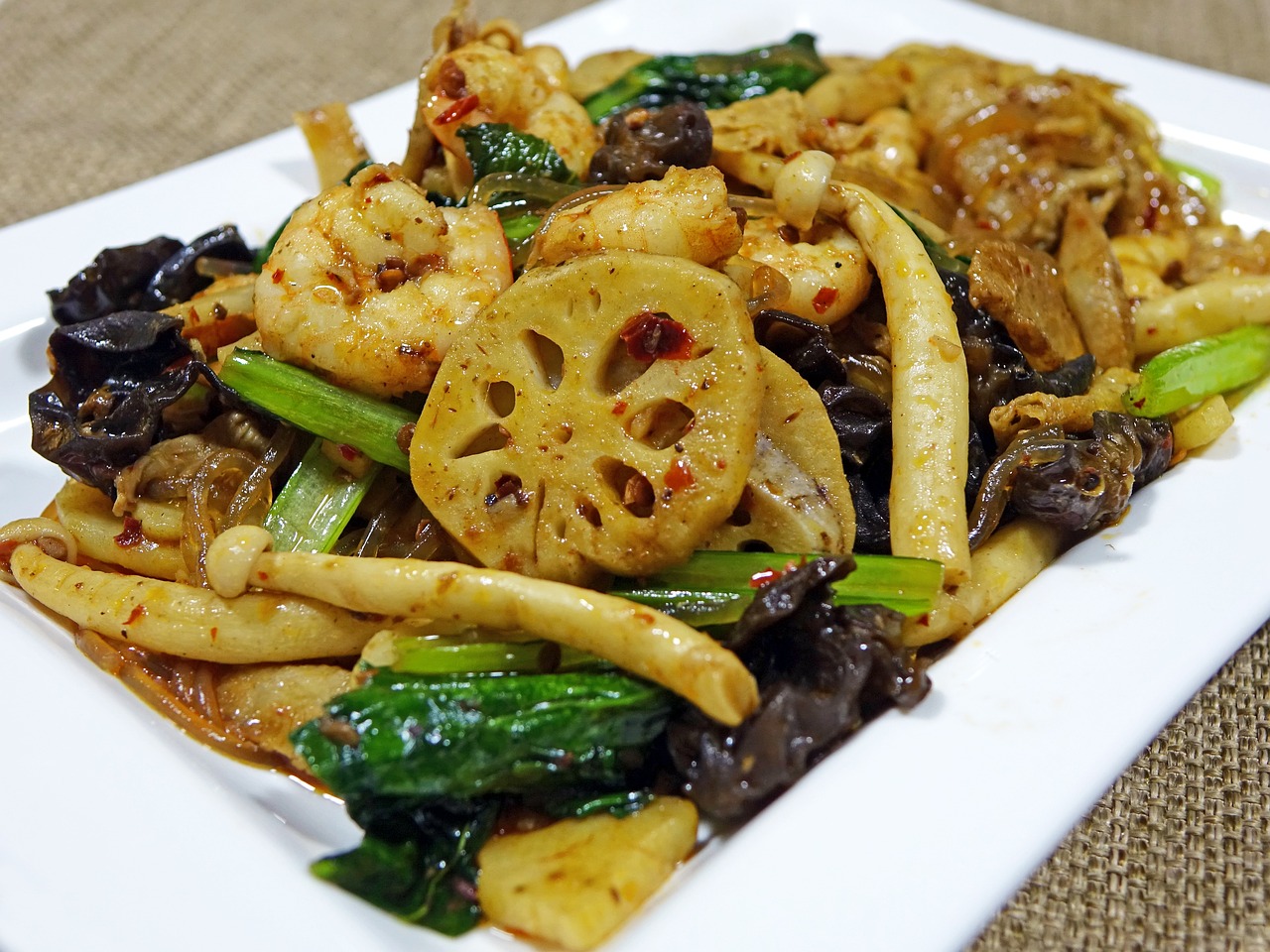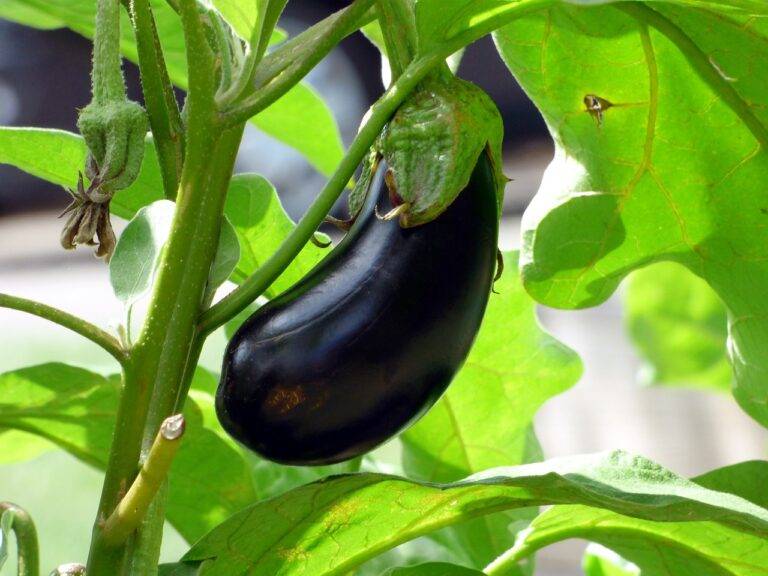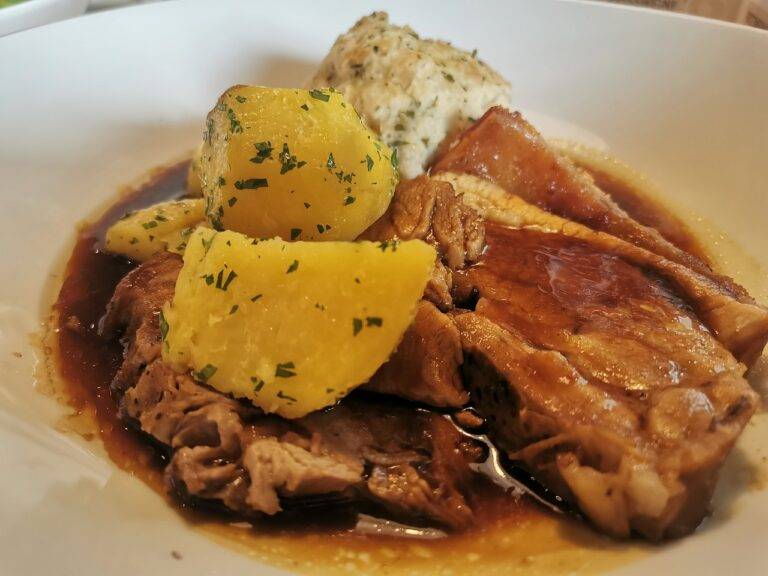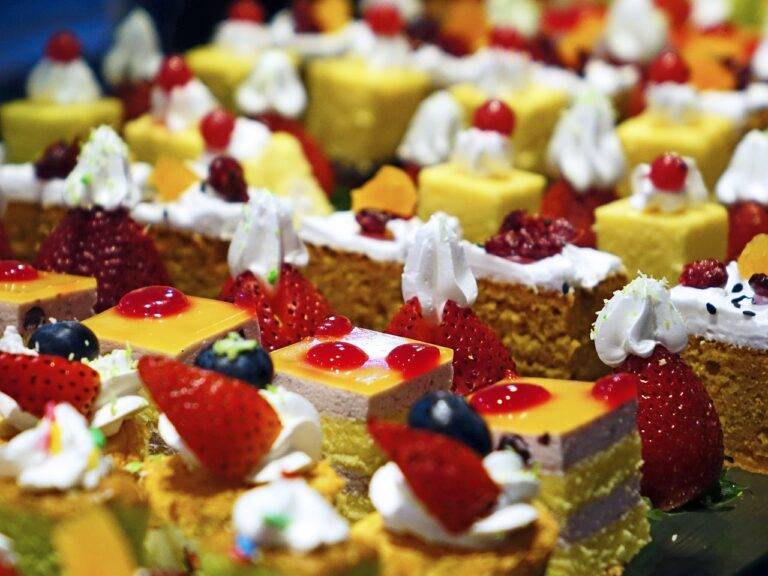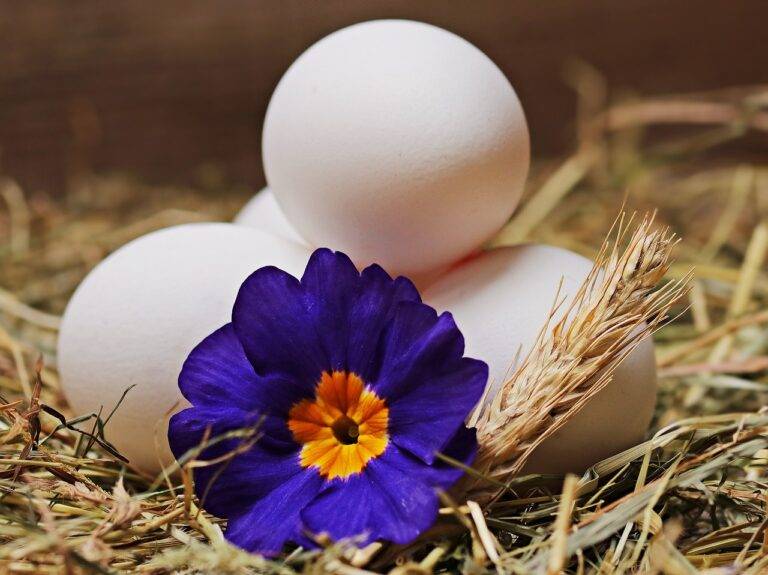The Role of Food in Celebrations: Festive Feasts Around the World.
Food holds a central role in cultural celebrations across the globe. Beyond mere sustenance, food serves as a symbol of heritage, community, and shared experiences. In many cultures, specific dishes are meticulously prepared and enjoyed during festive occasions, reinforcing connections to the past and strengthening bonds among family and friends.
The act of preparing and sharing traditional dishes during cultural celebrations fosters a sense of belonging and unity. Recipes passed down through generations carry with them stories of ancestors, traditions, and cultural identities. Through the communal experience of preparing and partaking in these special foods, individuals connect with their roots and honor the rich tapestry of their cultural heritage.
Traditional Festive Dishes in Different Countries
Every country around the world has its own unique and delicious traditional festive dishes that hold cultural significance and are a symbol of celebration. In Japan, one such dish is the Osechi-ryori, a beautifully arranged assortment of dishes that are packed with symbolic meanings for the New Year. These dishes often include items like kobumaki (kelp rolls), kazunoko (herring roe), and datemaki (sweet rolled omelet), all thought to bring good luck and prosperity for the coming year.
Moving to Mexico, tamales are a staple dish during Christmas and other festive celebrations. These steamed corn husk-wrapped bundles of masa dough filled with various ingredients like meat, cheese, or vegetables are a labor of love to prepare. The communal aspect of making tamales with family and friends adds to the joy and warmth of the holiday season in Mexican culture.
Why is food important in cultural celebrations?
Food plays a crucial role in cultural celebrations as it often symbolizes traditions, heritage, and brings people together during festive occasions.
What are some traditional festive dishes in Italy?
In Italy, some traditional festive dishes include Panettone (a sweet bread), Cotechino con Lenticchie (pork sausage with lentils), and Struffoli (fried dough balls with honey).
What are some traditional festive dishes in Mexico?
In Mexico, traditional festive dishes include Tamales (steamed corn dough filled with various ingredients), Pozole (a soup made with hominy and meat), and Bacalao a la Vizcaina (salted cod stew).
What are some traditional festive dishes in India?
In India, traditional festive dishes vary by region but some common ones include Biriyani (aromatic rice dish with meat or vegetables), Gulab Jamun (deep-fried milk balls soaked in syrup), and Samosas (fried pastries filled with spiced potatoes).
How do traditional festive dishes contribute to cultural identity?
Traditional festive dishes are often passed down through generations and hold a special place in cultural celebrations, helping to preserve cultural identity and heritage.

